How to Train a Cat to Poop Outside
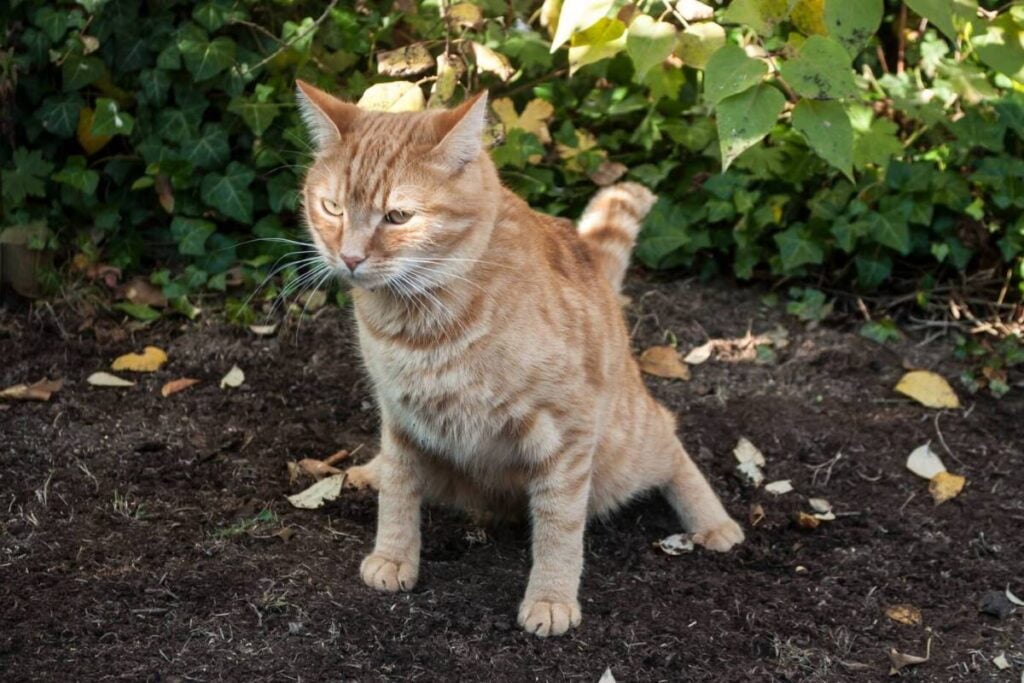
Cats are known for their independent nature and can be trained to do many things, including using a litter box. However, some pet owners prefer their cats to poop outside, either for practical reasons or simply because they believe it is more natural for their pet cat. To train your cat to poop outside you need some time and patience, but it is achievable with the right approach.
While it may seem like a daunting task, with patience and consistency, it’s definitely achievable. This article will provide a step-by-step guide on how to train a cat to poop outside successfully.
Benefits of Training a Cat to Poop Outside
Training a cat to poop outside can have several benefits, both for the cat and the owner. Not having to deal with litter box odor is one of the most significant benefits. Litter box maintenance can be time-consuming, and the smell can be overwhelming, particularly in small spaces. Outdoor pooping can also reduce the need for daily cleaning, making it a more convenient option for busy cat owners.
Outdoor pooping can also be beneficial for your cat’s mental and physical health. Being outdoors allows your cat to engage with their natural environment, which can provide mental stimulation and a sense of freedom. Additionally, outdoor pooping provides an opportunity for exercise and exploration, which can help prevent obesity and other health problems.
However, it’s important to note that training a cat to poop outside isn’t always feasible or appropriate for all cats. Factors such as the cat’s age, health, and temperament must be considered before beginning the training process.
Preparing to Train Your Cat
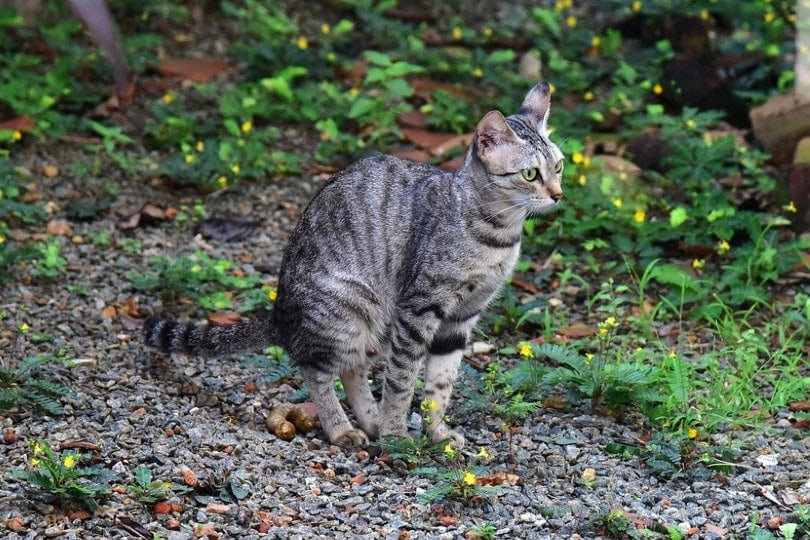
Before you start training your cat to poop outside, it’s important to first train them to use a litter box. This will help your cat understand the basic concept of eliminating waste in a designated area. It’s also important to consider your cat’s age, temperament, and health before starting training. If your cat is elderly or has health problems, it may not be feasible to train them to poop outside.
In addition to litter box training, it’s important to make sure your cat is comfortable with the outdoors. If your cat has never been outside before, it’s best to start by introducing them to the outdoors gradually. You can start by bringing your cat outside on a leash or in a carrier, allowing them to explore the area in a controlled environment.
It’s also important to ensure that your cat is up to date on their vaccinations and parasite prevention before allowing them to roam outside. This will help protect them from potential health risks, such as parasites or diseases that may be present in the outdoor environment.
Finally, make sure you have a plan in place for supervising your cat when they are outside. You may want to designate specific times of the day for outdoor pooping or use a designated area that is safe and secure for your cat to explore.
Here are the steps you can use to train your cat to poop outside:
Step 1: Picking a designated area

The first step in training a cat to poop outside is to designate a specific area where you want your cat to go to the bathroom. This area should be easily accessible for your cat and should be away from areas where people frequently walk.
It’s also important to make sure that the designated area is safe for your cat and protected from other animals and potential hazards. The area should be quiet, private, and easily accessible for your cat. Ideally, it should be a place with loose soil or sand that your cat can easily dig into, as this will mimic the texture of a litter box.
Consider setting up a small fence or barrier to keep your cat within the designated area. A spot close to your house, with plants and bushes (for cover), would be the best possible location. Cars are very cautious animals by nature. If they do not feel safe, they will not be comfortable pooping in that location.
You will also need to “prepare” the designated area, by making sure to use the correct soil type. Use soft sand or soil, as it is easy to dig around. Or you can use your cat’s preferred litter material.
You may also want to consider setting up a designated spot for your cat to poop. This can be a small garden bed or a box filled with sand or soil. Consistency is key when training your cat, so make sure to choose a location that your cat can easily remember and access.
Step 2: Training your Cat to leave the house
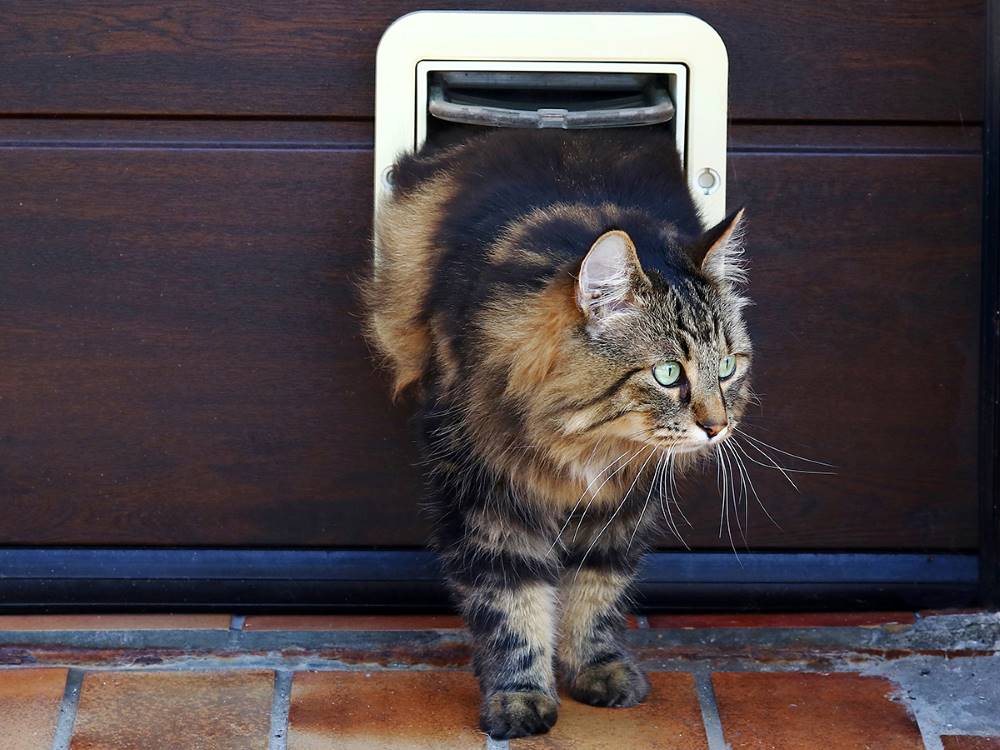
If your cat has been living a completely indoor life, you will need to train it to leave the house. If it does not feel comfortable leaving the house, this is the first problem you need to address.
You can’t always rely on yourself to open the door for your cat. You need to provide it with a way to leave the house on its own. For this, you can add a “Cat Flap” in your house, which allows the cat to leave quickly and easily.
Your cat will also take some time to get used to using the cat flap. Make sure to use a large enough cat flap, that doesn’t require too much force to open (especially for smaller cats). You can use treats to lure your cat into using the cat flap by leaving them on the other side.
Once your cat is familiar with the cat flap, you can take it over to the designated pooping area when its pooping time. Take your cat outside on a leash and show them the spot you have chosen for them to poop. Allow your cat to explore the area and get comfortable with the new surroundings.
Step 3: Using Positive Reinforcement
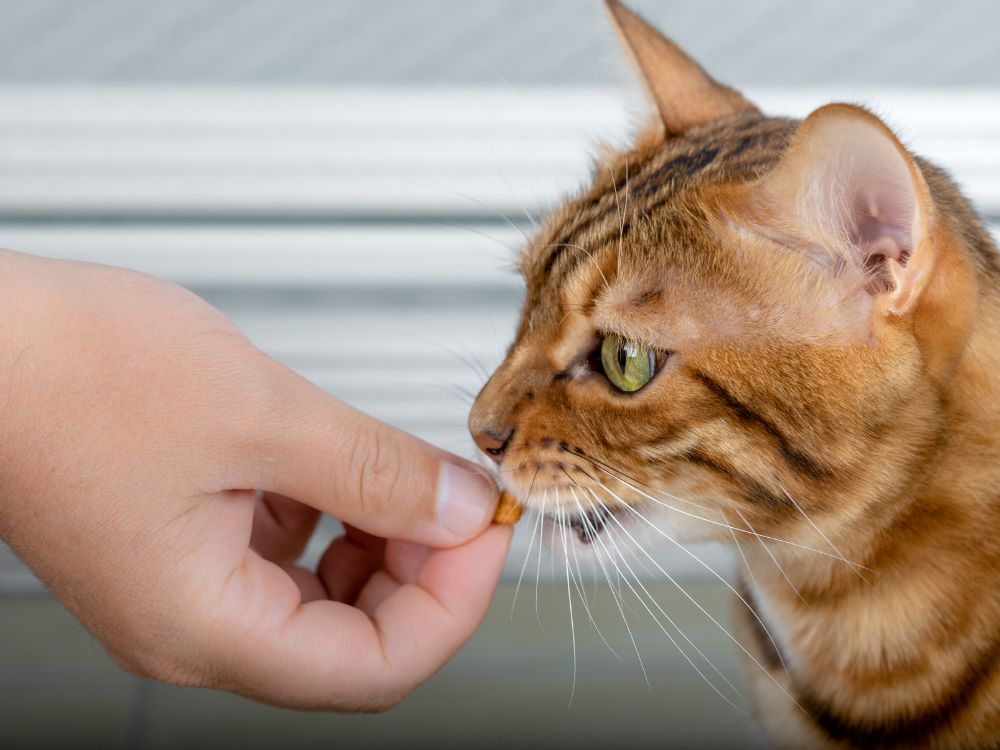
Positive reinforcement is a crucial part of training a cat to poop outside. Reward your cat with treats, praise, and affection each time they successfully use the designated pooping area to relieve themselves. The positive reinforcement will encourage your cat to continue using the designated area and will help to build a positive association with going to the bathroom outside.
It’s important to note that you should only offer rewards when your cat poops in the designated outdoor area. If your cat poops elsewhere, do not punish them, as this will only confuse them and make the training process more difficult.
Step 4: Gradual Transition
It’s important to make the transition from the litter box to the designated area gradually. Start by reducing the amount of litter in the litter box and begin placing it near the designated area. Over time, gradually move the litter box further away from the designated area until it’s no longer necessary.
This gradual process will help your cat feel comfortable and confident in using the designated area to relieve themselves.
Step 5: Patience and Consistency

Training a cat to poop outside takes time and patience. If your cat has an accident inside, don’t scold them. Instead, clean it up and go back to the previous step. Consistency is key, so be sure to reinforce good behavior every time your cat uses the designated area to relieve themselves. It’s important to be patient and persistent, as some cats may take longer to adjust to the new routine.
Be highly attentive and aware of your cat while you are training it. If you see any signs of it about to poop, immediately take it outside to the designated area to place it over the spot.
It can take several weeks from start to finish to successfully train your cat on how to poop outside. Don’t expect results in just a few days.
Step 6: Establishing a Routine
Establishing a routine for taking your cat outside to use the designated area can be helpful in speeding up the training process. This could be first thing in the morning, after eating or just before bed. A consistent routine will help your cat understand that it’s time to go to the bathroom outside. You can also use a whistle or a specific command to signal to your cat that it’s time to go to the designated area.
Common Mistakes to Avoid
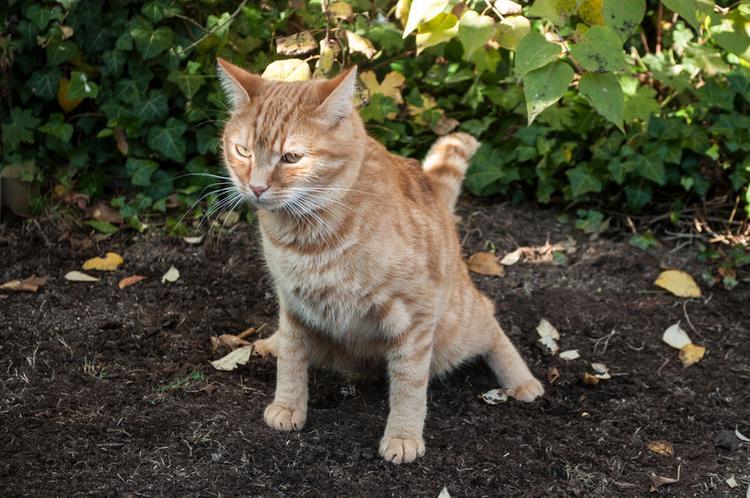
There are several common mistakes cat owners make when training their cats to poop outside.
One mistake is to force the cat to poop outside before they’re ready. This can cause stress and anxiety for your cat and may lead to pooping issues in the future. Another mistake is to not be patient enough during the training process. Cats can be stubborn and it may take several weeks or even months for them to fully transition to outdoor pooping.
It’s also important to avoid punishing your cat for accidents during the training process. Punishment can cause fear and anxiety, which can make the training process even more challenging. Instead, use positive reinforcement techniques such as praise, treats, or affection to encourage your cat to continue using the designated outdoor area for pooping.
Another common mistake is not providing a suitable outdoor pooping area for your cat. This can lead to confusion and reluctance on the part of your cat to use the designated area. It’s important to provide a location that is private, accessible, and safe for your cat.
Finally, not being consistent with the training process can also be a mistake. Consistency is key in training your cat to poop outside, and maintaining a routine will help reinforce the desired behavior.
Final thoughts
In conclusion, training a cat to poop outside requires patience, consistency, and positive reinforcement. It’s important to provide the right incentives and create a safe and familiar environment for the cat. With persistence and the right techniques, you can successfully train your cat to use the great outdoors as its personal litter box.
Remember to be understanding and keep an open mind. If your Cat has some underlying issues or previous trauma, it might not be comfortable going outside, and might not even be safe for either. There may be other issues you need to address first. If everything fails, you should drop the case and stop forcing your pet to do something it is not willing to do.


